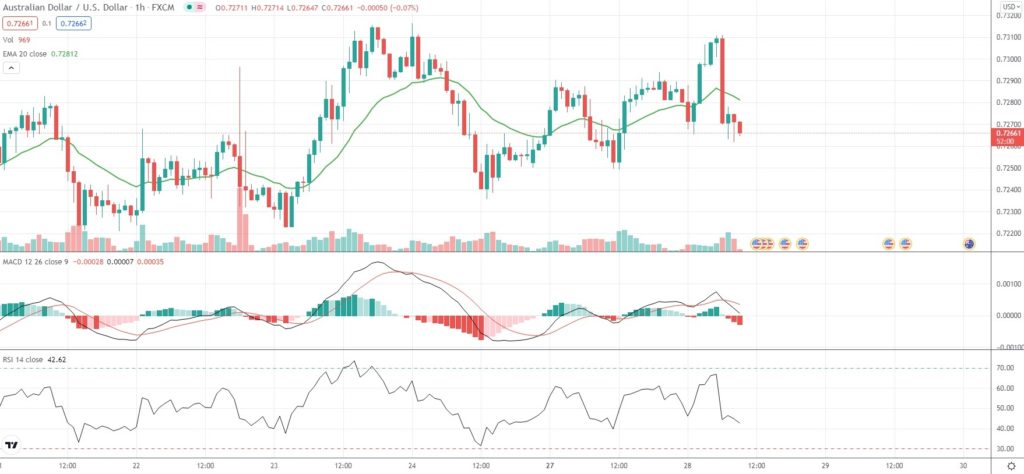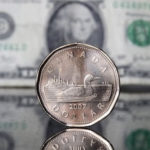AUD/USD bounced off the area of resistance (0.7300-0.7319) on Tuesday, as the US Dollar extended gains from the previous two trading days, supported by expectations of monetary policy tightening by the Federal Reserve.
A surge in US bond yields drove the US Dollar Index up to a fresh five-week high of 93.616 on Tuesday. The DXY was last up 0.17% on the day to 93.567. The US central bank said last week that it might begin tapering asset purchases as soon as November and indicated rate hikes might follow sooner than expected.
“Amidst the many cross-currents in FX markets right now – energy, Evergrande, US debt ceiling, Delta – one theme that seems to be gaining traction is that the market lies on the cusp of re-assessing the path for the Fed tightening cycle,” ING strategists wrote in an investor note.
“A big move higher in the short-end is the key reason why we are bullish on the dollar, particularly from 2Q next year, but we will closely monitor and re-assess whether that move needs to come earlier – largely a function of timing the take-off in short-end rates.”
Meanwhile, the AUD/USD pair rose as high as 0.7311 during Tuesday’s Asian session, a level close to last Friday’s high, as the Aussie was underpinned by higher gas and coal prices as well as by sustained acceleration in the country’s vaccination campaign, which added to prospects of post-lockdown re-opening.
Additional support for the Australian currency came after data showed Australian retail sales had decreased at a slower-than-expected rate in August, by 1.7%.
“We would attribute AUD’s outperformance to the revival of interest in the reflation/’living with Covid’ re-opening trade,” Ray Attrill, head of FX strategy at NAB, was quoted as saying by Reuters.
As of 9:00 GMT on Tuesday AUD/USD was edging down 0.16% to trade at 0.7270, while moving within a daily range of 0.7262-0.7311. Last week the Forex pair went up as high as 0.7317, which has been its strongest level since September 17th (0.7322). The major currency pair has retreated 0.65% so far in September, following another 0.39% loss in August.
Bond Yield Spread
The spread between 2-year Australian and 2-year US bond yields, which reflects the flow of funds in a short term, equaled -28.76 basis points (-0.2876%) as of 8:15 GMT on Tuesday, down from -25.5 basis points on September 27th.
Daily Pivot Levels (traditional method of calculation)
Central Pivot – 0.7275
R1 – 0.7300
R2 – 0.7319
R3 – 0.7345
R4 – 0.7370
S1 – 0.7256
S2 – 0.7231
S3 – 0.7212
S4 – 0.7193






